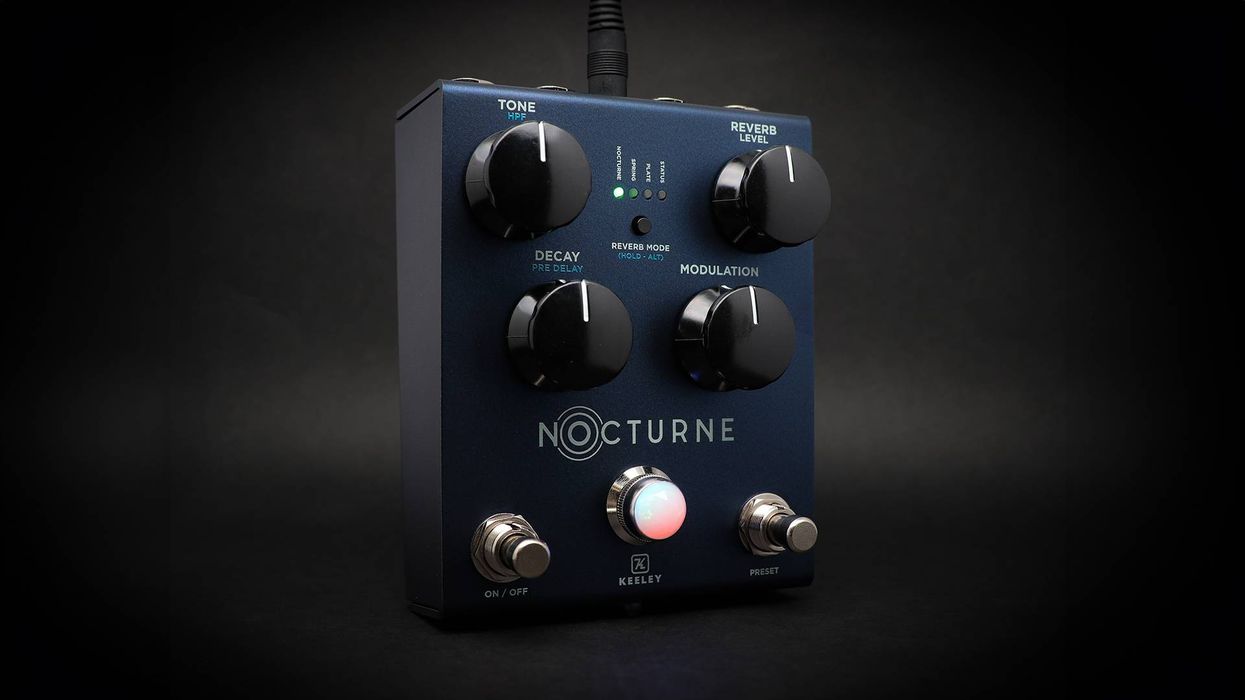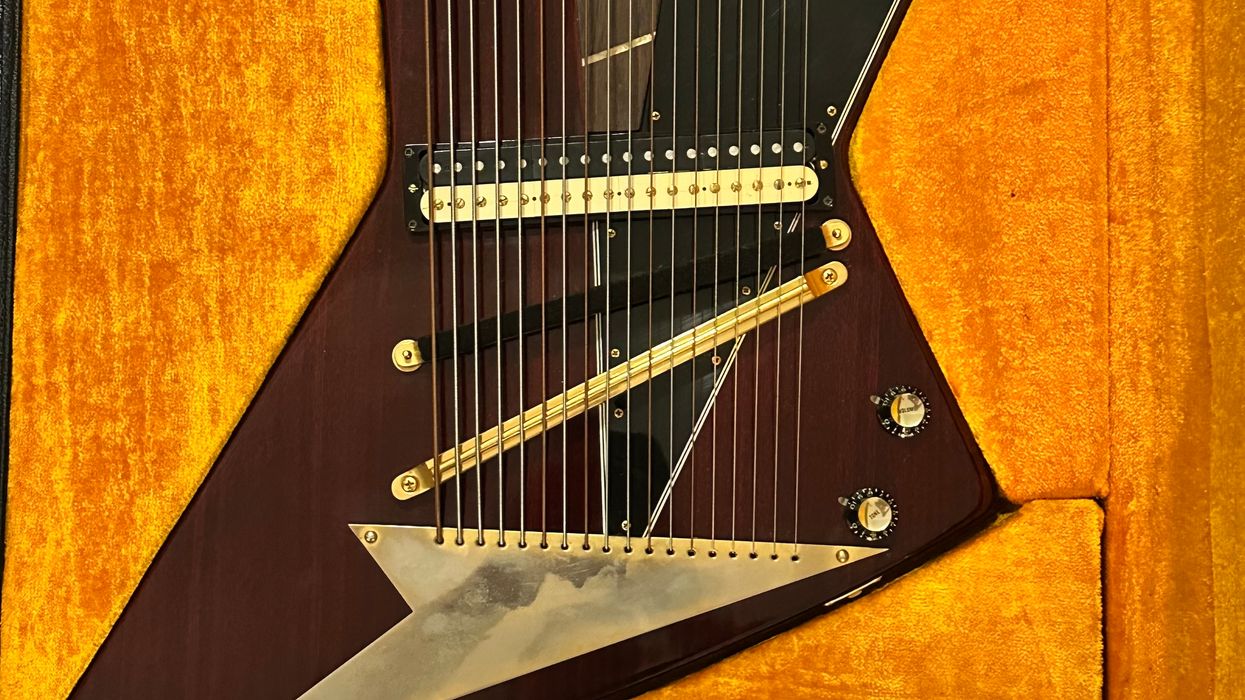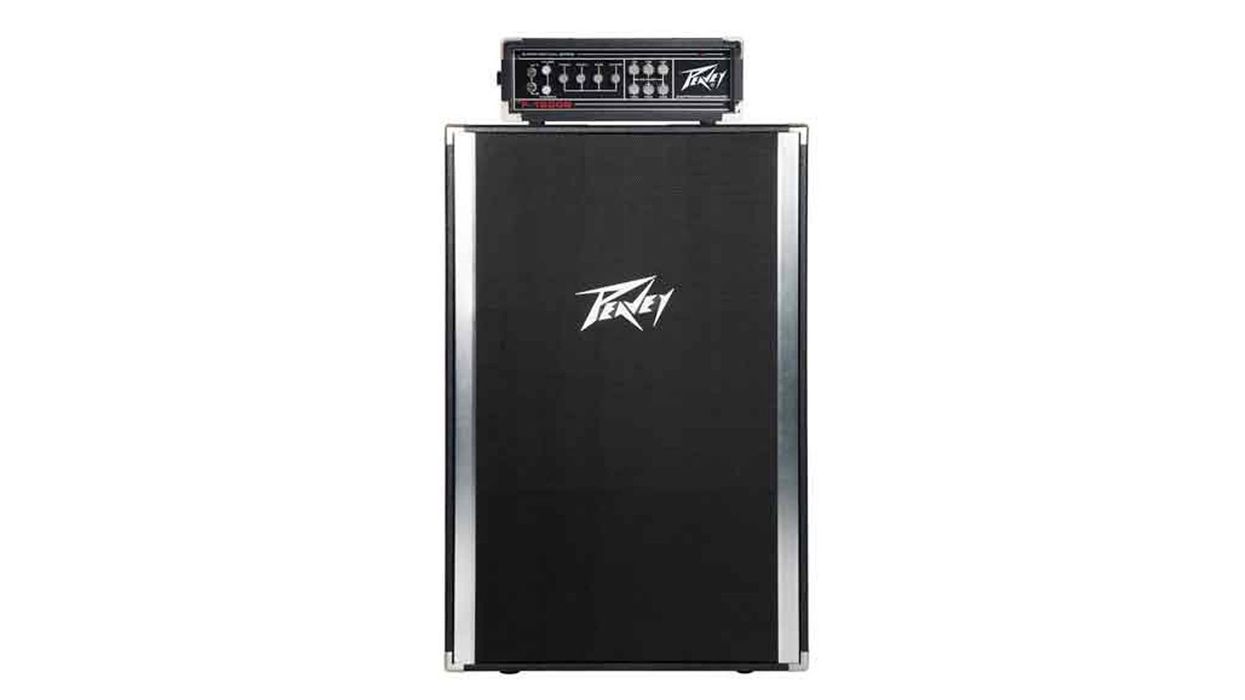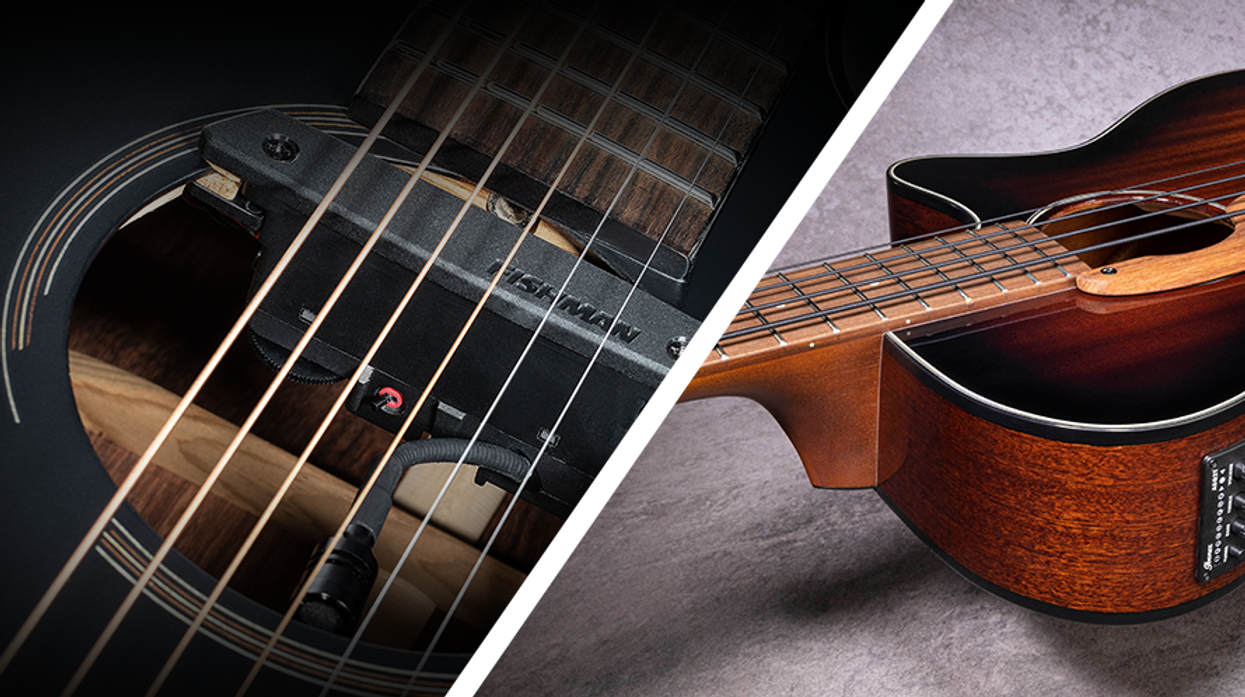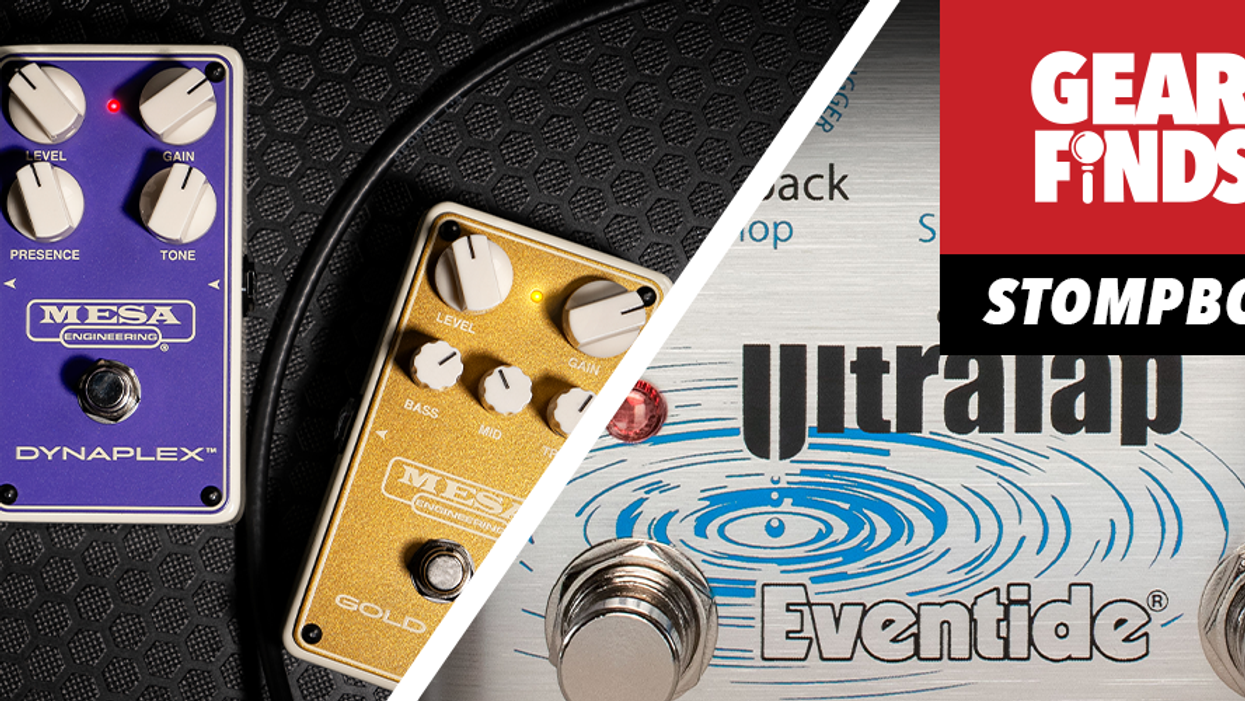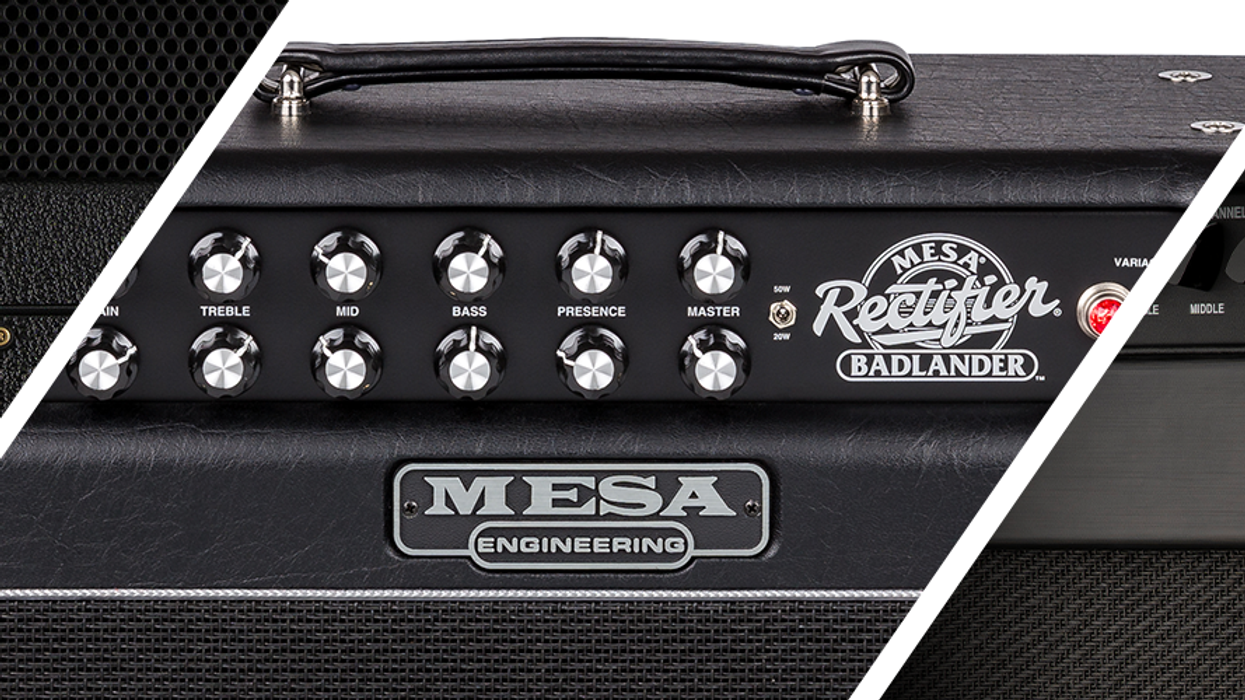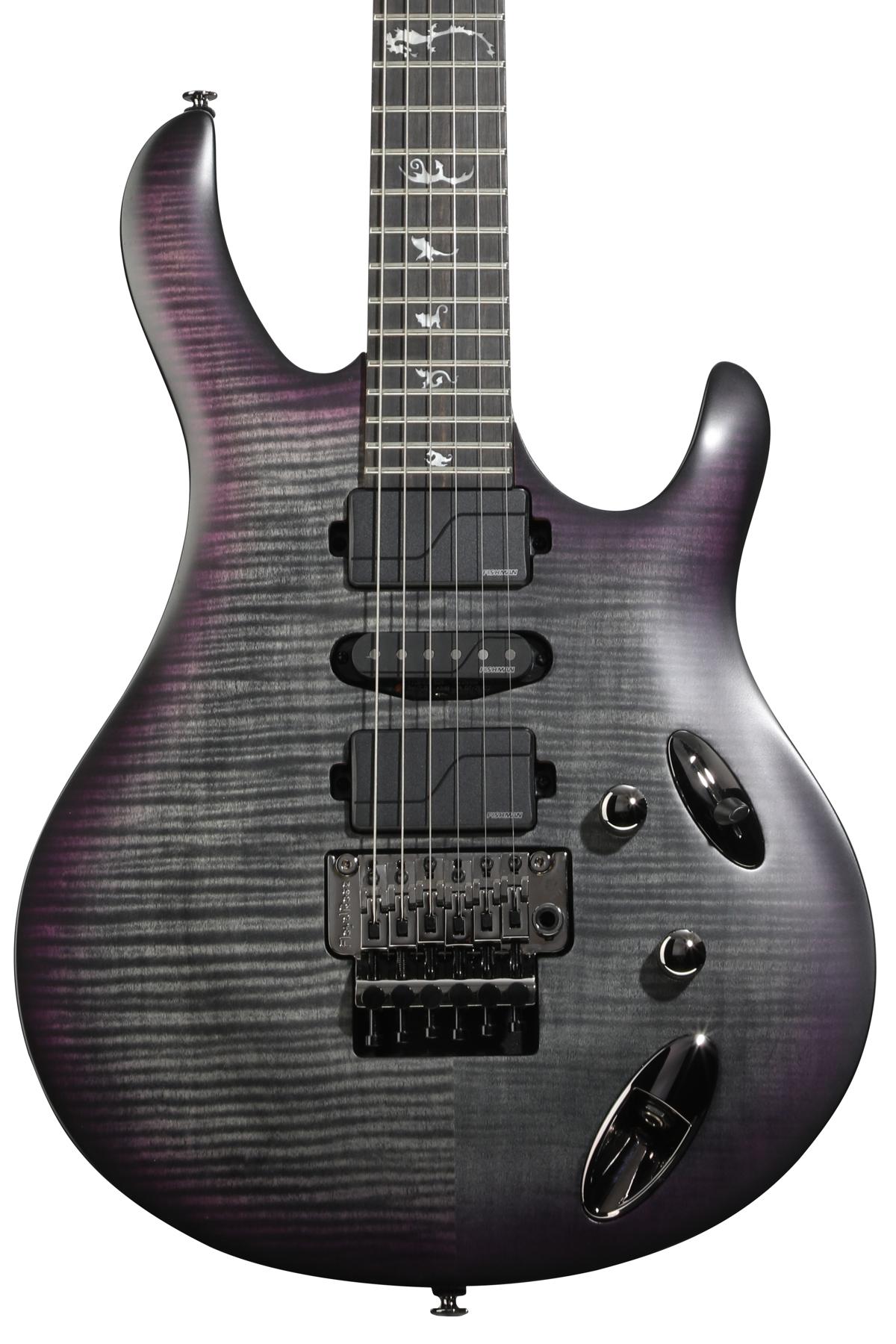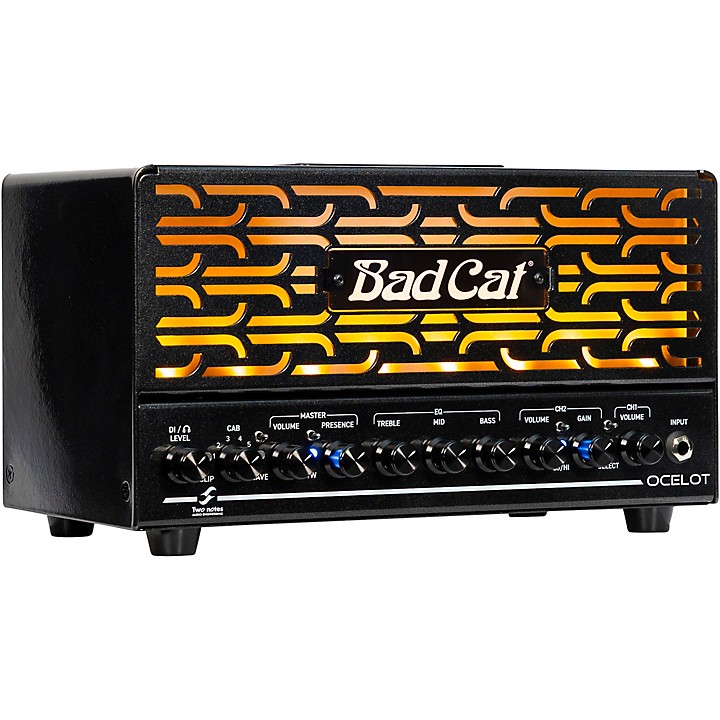Considering that Leo Fender himself founded G&L, it’s a wonder they took this long to revisit the Jazzmaster. After all, the once-maligned model is decades into a period of renaissance and favorable re-evaluation. And even if narrow-minded guitar historians considered the Jazzmaster Leo’s first miscue, the intrinsic beauty of its shape had to be an enticing canvas for G&L designers adept at reimagining Leo’s original visions.
Whatever the reasons for waiting, G&L’s own offset is now here in the form of the Doheny. It’s a very satisfying instrument to play that offers constructive deviations from the Jazzmaster template. It’s also a reminder that G&L still has a knack for forging new trajectories for Leo’s ideas.
Solidly Surfy
Workmanship on the Doheny is characteristically solid, verging on flawless. The fretwork is perfect and the smooth, contoured ends make the satin neck extra inviting. The “modern classic” profile neck, with its 9 1/2" radius, feels a bit more substantial than most vintage or vintage-inspired offset necks, though G&L offers chunkier and slimmer options via special order.
side of the spectrum.
The 3-way pickup switch is situated on the upper bout in the fashion of a Les Paul or Telecaster Deluxe, which certainly makes access more immediate, but which may feel weird to old-school Jazzmaster players. The control array also marks a deviation from offset tradition. The 3-knob control set is built around G&L’s very versatile and expansive “passive treble bass” circuit, which enables radical or subtle bright-to-dark switches on the fly. It works beautifully with the pickups to summon smoky, mellow jazz tones or stiletto-sharp Jaguar-like bass-cut sounds. It also situates the volume knob closer to the pinky of your picking hand.
Delivering on Deviations
Though Jazzmaster traditionalists may lament the absence of the Jazzmaster/Jaguar variant of synchronized floating tremolo (or Mastery’s excellent re-imagining of the type), the G&L dual fulcrum vibrato feels as good as ever. It also helps establish a distinctly G&L identity for the Doheny. It’s a smooth-feeling, simple, smart, and beautifully machined piece of hardware with individually adjustable saddles that enable buttery string travel. In terms of feel and responsiveness, the vibrato has qualities of both Jazzmaster and Stratocaster units. It’s less elastic and less conducive to slo-mo bends that the former enables, but maintains most of the latter’s twitchy immediacy. The vibrato arm itself, which bends up and away from the body, does, however, sit readily in the palm, which helps facilitate Neil Young- and Kevin Shields-style pitch-happy vibrato techniques. More importantly for Jazzmaster and Jaguar vibrato fans, it permits pitch-up maneuvers as readily as pitch-down bends and stays relatively tuning-stable as you explore the extremities of its range.
Ratings
Pros:Immaculately crafted. Unique and versatile pickups—especially for pedal hounds. Excellent vibrato.
Cons:
Pickups can lack a little rock attitude if you need it.
Tones:
Playability:
Build/Design:
Value:
Street:
$1,499
G&L Doheny
glguitars.com
The Doheny’s version of G&L’s “magnetic field design” pickups are brand new. And the wider bobbin aperture, vintage-style Formvar wiring, and exhaustive tinkering to nail the right winds (6,500 turns for the neck pickup, 6,800 for the bridge pickup) translate to many cool, unique voices. They don’t adhere to strict vintage notions of how a Jazzmaster should sound, though they deliver many classic offset tones—especially those on the surfy and jangly side of the spectrum. The bridge and neck pickups are very balanced from note to note, which enhances and higlights the clear-voiced civility and high capacity for detail. I heard hints of Stratocaster and Jazzmaster in the output, though there is more headroom and less overt color than you get from either of those pickup types. It also has some of the concise, airy qualities of a Rickenbacker Hi-Gain, but with more sustain—a tone recipe that will send many shoegazers, dream poppers, and some jazzers into fits of delight. The downside—at least for rockers and more noise-oriented players—is that the bridge pickup lacks some of a Jazzmaster’s rowdier, gnarlier side. But unlike a vintage Jazzmaster, the G&L pickups are exceptionally quiet. Even when using fuzzes and my chronically hissy Boss CS-3 compressor, it was hard to coax much extraneous racket from the bridge settings.
The Verdict
Offset devotees that don’t bother playing the Doheny will probably ask if it isn’t just another ASAT in surfer’s duds. And to be honest, my first impressions weren’t considerably different. My primary electric guitars are Jazzmasters and Jaguars, and I consider each quirk of those designs—from the oddball switching to the vibrato—essential parts of my own bag of tricks. But playing the Doheny is a singular joy. And in many respects, the deviations from the Jazzmaster and Jaguar playbook make the Doheny a much more original-sounding guitar—a quality offset fans can surely respect. The pickups, once you orient yourself to their airy, precise, and rich-but-not-too-thick qualities, are brimming with possibilities. They sound cool with raspy fuzz and effectively communicate playing dynamics in reverb, delay, and modulation-heavy environments, which makes the guitar well suited for modern pedal-happy tonesmiths.
If you’ve always craved the alluring look of a Fender Jazzmaster or Jaguar, but find unorthodox switching, noisy pickups, and unconventional vibrato one concession to weirdness too many, this well-crafted fusion of early ’60s style and G&L’s forward-looking, practical design-think could be the answer you’ve been seeking.
Watch the Review Demo:









![Rig Rundown: Russian Circles’ Mike Sullivan [2025]](https://www.premierguitar.com/media-library/youtube.jpg?id=62303631&width=1245&height=700&quality=70&coordinates=0%2C0%2C0%2C0)






